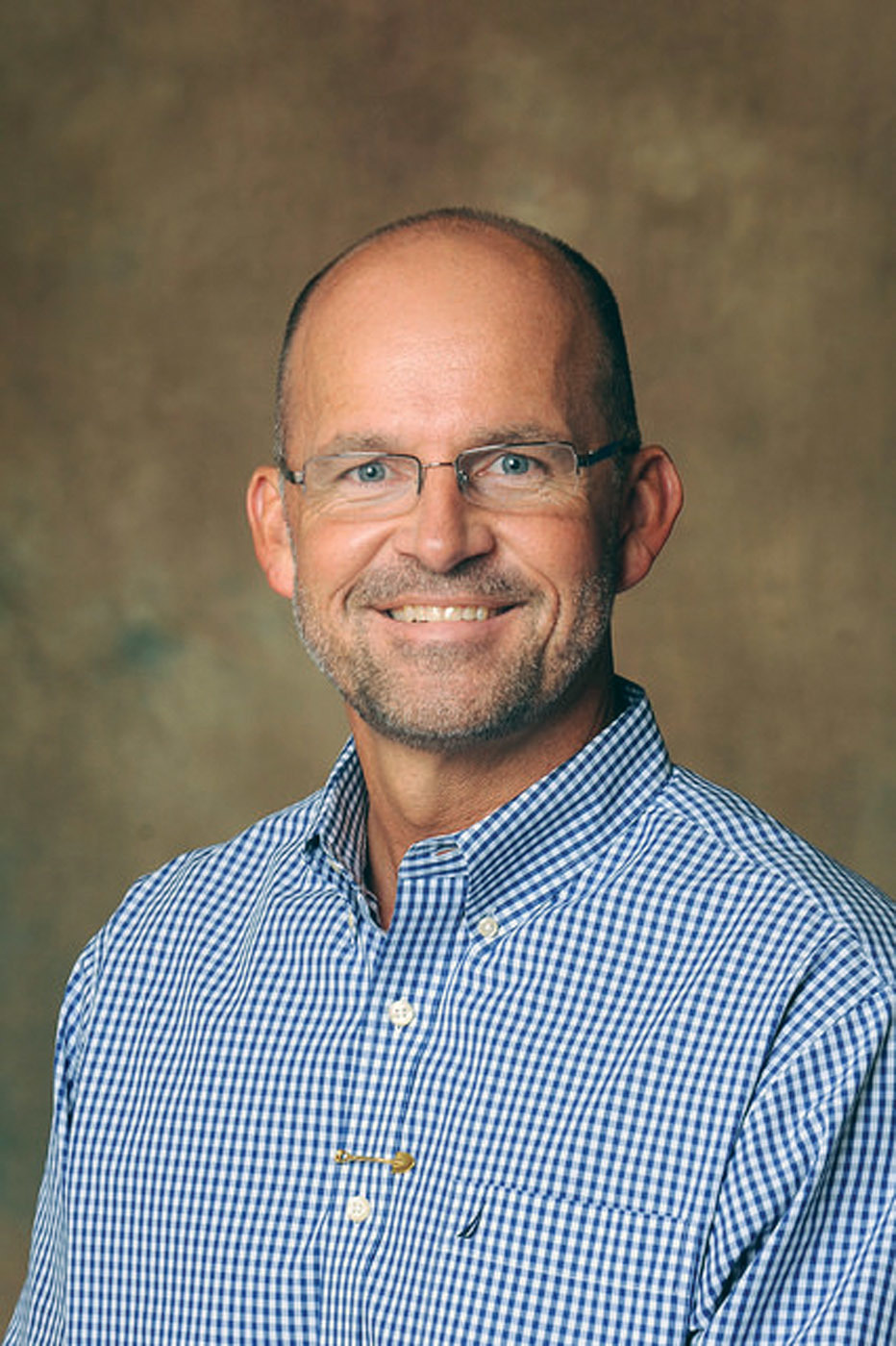A Two-State Association of Water Professionals Takes on a Clean-Water Branding
The newly branded Clean Water Professionals of Kentucky & Tennessee looks to start a movement to lend the industry greater stature and more respect.
Popular Stories
Discussion
Comments on this site are submitted by users and are not endorsed by nor do they reflect the views or opinions of COLE Publishing, Inc. Comments are moderated before being posted.






